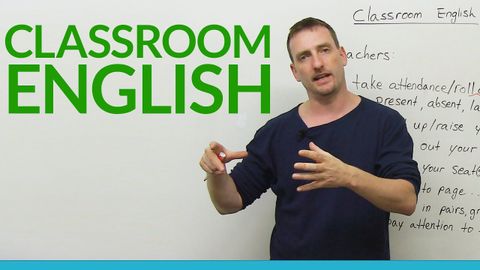クラスルームイングリッシュ。生徒のための語彙と表現
maximilien が 2015 年 07 月 13 日 に投稿  この条件に一致する単語はありません
この条件に一致する単語はありませんUS /əˈtɛnʃən/
・
UK /əˈtenʃn/
US /kætʃ, kɛtʃ/
・
UK /kætʃ/
- n. (c./u.)捕獲量 : 収穫量;罠;理想の結婚相手;留め金
- v.t.(ボールなどのとんでいるものを)捕る : つかむ;捕らえる;感染する;(自分の代わりに)~してくれる人を見つける;引っかける;捕らえる:つかまえる;理解する
US /ˈlæŋɡwɪdʒ/
・
UK /ˈlæŋgwɪdʒ/
- n. (c./u.)言語;(特定の)言語;言葉遣い;(コンピューター)言語;ボディーランゲージ
エネルギーを使用
すべての単語を解除
発音・解説・フィルター機能を解除
